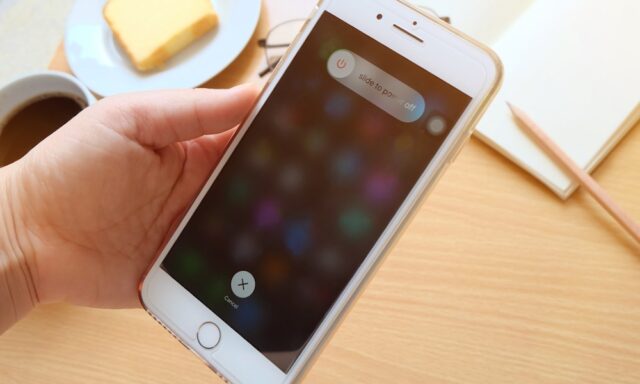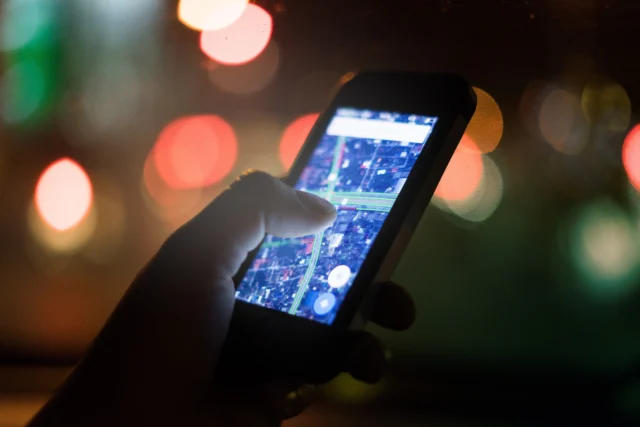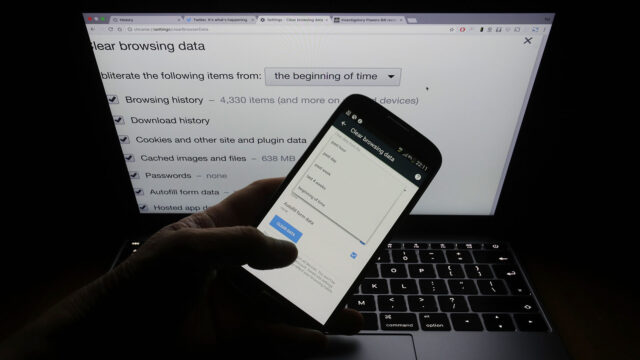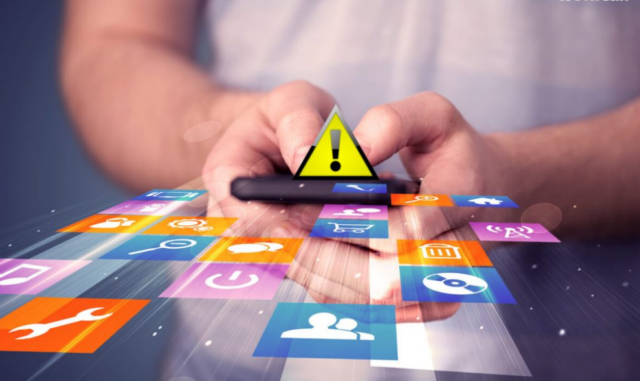
There may be numerous reasons why you have to track your or someone else’s smartphone. Maybe you lost it, or someone stole it, which is probably your worst nightmare. Perhaps you want to check up on your kids and see where they are if they are not answering their phones. Maybe you are visiting your friend in a new city and have to find them.
Nowadays, tracking or finding a smartphone has become a piece of cake. Both iOS and Android devices have built-in tracking features, and there are also hundreds of third-party apps you can use. However, people still have several questions regarding this process, and the most common one is whether they can find a phone if the location services are off. We will answer this question in the following article and provide you with some additional information you should know.
Can you find a phone without GSP?

Many people’s first response to this question would be no. After all, you need to turn on the location services and have access to the Internet to use Google maps. However, they would be wrong. The thing is that you cannot track the device’s precise location in real-time without GSP, but this doesn’t mean that you cannot find it.
Did you know that the latest gadgets include a number of sensors that can pinpoint your location? For example, an accelerometer tracks your body’s movements, and it is an essential component of every fitness app. Yes, this is how your phone tells you the number of steps you took during the day. Also, every time you open a website, you leave digital footprints in the form of cookies. The combination of these features and sensors can help you track the device, even if the GPS is switched off.
How to track the device without this service?
Now that you know this is an option, you are probably wondering how to do it. Well, the truth is that there are several methods you can try, and we will discuss some that have the highest chances of succeeding.
1. Turn to the network provider
If you think someone stole your phone and you know that the GPS is off, the first thing you can do is contact your network provider. How can they do this? Well, by identifying cell towers the device is connected to. As you know, these towers are everywhere, which is why this task is fairly simple for professionals.
First, they identify the cell tower, and then they measure the signal’s response, that is, how long it takes to travel between the tower and the device. Basically, they figure out where the signal is strongest and then use that information to pinpoint the exact location. They won’t need a lot of time to get back to you with the location, and some providers even offer this service to their clients if they use a family plan.
2. Check out app cookies and browser history

As already mentioned, you leave digital footprints every time you visit a website. Also, numerous apps, especially the messaging ones, require access to your location every time you use them. Well, you can also use these breadcrumbs to find the gadget. Once you agree to allow the apps to track you, they will store your location. Now, obviously, the method may not be as effective as the previous one since it cannot track the phone in real-time. However, it can tell you where it was when the app was used the last time.
3. Report the IMEI number
You have probably been wondering how the police find lost devices. It seems pretty impossible if the GSP is off. Well, it only may appear that way, but the truth is the authorities can do this easily. All they need is the device’s IMEI number. Every device has a unique 15-digit identification code that is called International Mobile Equipment Identity.
Many people aren’t aware that this identification number exists, and you can check it by dialing *#06# on your device. Obviously, you should do this as soon as you get a new phone, and you should write it down somewhere. Then, if you lose your gadget, you can report this number to the police, and they will use it to find the gadget. Some countries have a database, so every time someone finds a phone and takes it to the authorities, they search this number and find the owner.
In addition, you can also install the IMEI app to track the phone. Once you install it, you will be required to add the number of a family member or a friend. Then, if you lose the device and someone inserts a new SIM card, the app will send the notification to the person you chose and tell you where the device is.
4. Use a third-party app

Finally, you can always use a third-party app. Nowadays, hundreds of these are available in the store, but since we are talking about tracking a device without GSP service, you have to focus only on those that can meet this requirement.
For example, you can look for the phone number instead of tracking the gadget. It is very simple. All you have to do is input the phone number you are looking for and another phone number where you will get the info. Once the software locates the devices, you will receive a notification. The main benefit of this method is that it is compatible with all brands and network providers, and you can learn about some additional ones on www.find-my-phone.org.
Wrapping up
As you can see, the process of finding a lost device has never been easier. It doesn’t matter if the GSP is enabled or disabled because as long as you use one of the above-mentioned methods, you should be able to complete the task successfully. Naturally, third-party apps probably seem like the easiest solution, but you should investigate them beforehand to know which one to use as soon as you notice the gadget is missing.














